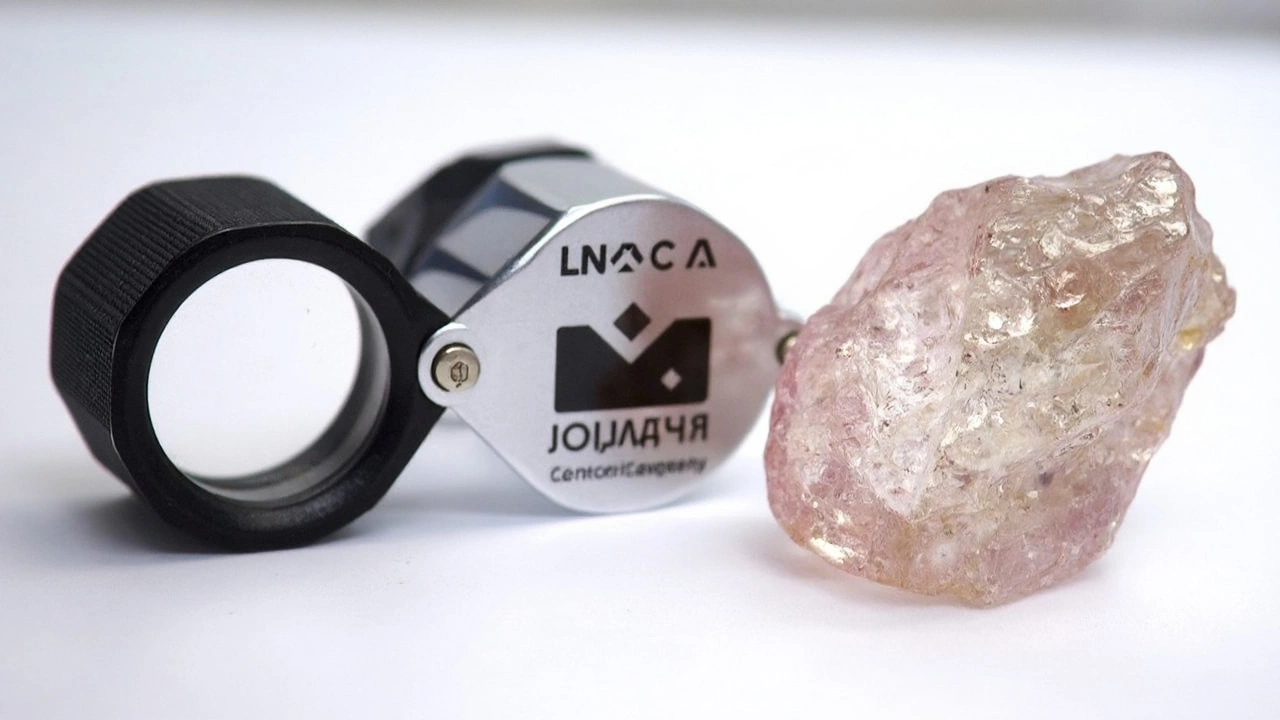Diamond Mine Guide: How It Works, What to See & Why It Matters
If you’ve ever wondered where that sparkling stone comes from, you’re in the right place. A diamond mine isn’t just a hole in the ground – it’s a complex operation that turns earth into glitter. Below we break down the basics, share what to expect on a tour, and explain why these sites matter to the global gem market.
How Diamond Mines Operate
First off, most diamonds are found deep underground in kimberlite pipes. Mining companies drill down, blast the rock, and load the broken material onto trucks. The ore then travels to a processing plant where it’s crushed, screened, and mixed with water. Heavy liquids separate the denser diamond‑bearing rock from the lighter waste. Finally, a series of hand‑picks and machines sort out the rough diamonds.
Modern mines use high‑tech tools like GPS‑guided equipment and real‑time monitoring to cut costs and improve safety. But the core idea stays the same: extract the raw rock, isolate the diamonds, and send them to cutters who turn them into gems.
What to Look for When Visiting a Diamond Mine
Tourists can visit a few active and historic mines that allow guided walks. Bring sturdy shoes, a hat, and a water bottle – the sites can be dusty and hot. A good tour will show you the blasting area, the crushing‑screening line, and the heavy‑liquid separation tanks. Ask the guide about the mine’s safety record and any environmental steps they take, like land reclamation after mining ends.
Don’t miss the chance to see the rough stones up close. While they look like ordinary rocks, each one holds a story of pressure, heat, and time. Some tours even let you try a simple hand‑pick test, giving you a real feel for how miners spot diamonds in the muck.
Remember, not every mine offers a souvenir. If you want to buy a raw diamond, make sure the vendor provides a certification of origin. This protects you from counterfeit stones and supports responsible mining practices.
Whether you’re a hobbyist, a student, or just curious, a diamond mine visit can demystify the journey from earth to jewelry. You’ll walk away with a clearer picture of the labor, technology, and environmental care that goes into each sparkle.
Got more questions? Dive deeper into the gemstone industry, follow up on mining regulations, or explore the ways new tech is reshaping diamond extraction. The world of diamond mines is always evolving, and staying informed helps you appreciate every glint a little more.
Angola Unearths 170-Carat Pink Diamond: Largest in 300 Years at Lulo Mine
A 170-carat pink diamond, the Lulo Rose, has been discovered in Angola’s Lulo mine—making it the biggest find of its type in three centuries. This rare gemstone puts Angola’s mining sector in global focus, promising a major boost for the country’s diamond industry.





